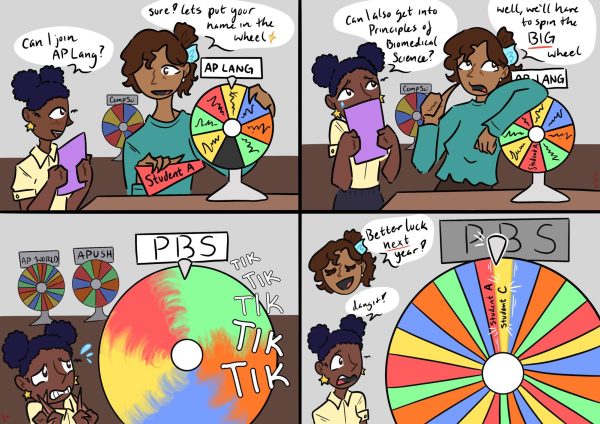Gift the environment an eco-friendly holiday
Staff editorials reflect the views of The Californian editorial board.
With the holidays here, people have been preparing their decorations and gifts for the giving season. Strings of lights, colorful wrapping paper, and pine scents all spark warm holiday memories — and the creation of millions of tons of unnecessary garbage.
About 25 percent more waste is thrown away between Thanksgiving and New Year’s compared to the rest of the year, according to the Stanford Recycling Center. That’s about 25 million tons of trash.
Taking the initiative to do the right thing for the Earth is crucial. By buying and recycling eco-friendly alternatives to classic holiday cheer, it’s possible to save the planet, one reusable fabric wrap at a time.
Most holiday lights are incandescent, but these types of lights are inefficient and have short lamp lives. Invest in LED lights, which use 75 percent less energy, according to the Department of Energy. Plus, they last much longer.
Additionally, keeping lights on a timer is even better. No one is going to see your holiday lights twinkling at four in the morning, so shut them off before you go to bed, and then turn them back on when it starts getting dark.
Reusable and recyclable gift wrapping is easy and affordable. Save old newspapers, magazines, and wrapping paper from previous gifts to wrap presents this year. Reusable, biodegradable fabrics such as cotton, hemp, and linen can be reused every year and can come in fun patterns as well.
The Stanford Recycling Center reports that if every American family wrapped three presents, the paper used would be enough to fill 45,000 football fields. When paper degrades, chlorine bleaches are released into water sources, air and soil. This contaminates the Earth and causes harm to natural flora and fauna.
In addition to wrapping paper, adhesive tapes used to seal gifts negatively impact the environment as well. Switching from regular Scotch tape to biodegradable tape can be pricey, but the effect it has on our planet is just as big. Adhesive tapes have increased in production in the past 24 years, according to the Pressure Sensitive Tape Council. Tape can take years to break down, and contribute to microplastics, which contaminate our water sources, can potentially cause cancer, and never go away. Cutting down on these types of tapes can help to decrease the production of microplastics.
Presents aren’t the only part of the holiday season that create waste. According to The Wall Street Journal, more than 15 million Christmas trees were cut down in 2017. Christmas trees take about six to 10 years to grow, but they only last for a few months in the household. Although this may seem wasteful, Christmas trees are a cash crop, similar to coffee and rice.
“The trees provide many benefits to the environment as they grow, cleaning the air and providing watersheds and habitats for wildlife,” The New York Times wrote. “And, of course, they are biodegradable.”
Using an artificial Christmas tree for four or more years has a lower environmental impact than disposing of a real tree every year, according to the American Christmas Tree Association. Artificial trees are the way to go if people intend on using them year after year, and if a person has allergies to mold, fungi, or pollen, since real trees can carry allergens.
At the end of the day, if real Christmas trees are endgame, the following are essential. Buying from local sellers promotes the local economy and decreases the amount of emission fuels from driving to farther locations. And then recycle trees at the end of the holiday season.
Following local tree pickup guidelines is necessary to ensure that those trees will be accepted. These will usually require trees to be ornament and tinsel-free, as well as unflocked. Flocked trees with synthetic white material brushed on the needles, which contributes to microplastic waste. Guidelines will vary from location to location, so it’s important to double-check before leaving trees out for pickup.
Recognizing the importance of giving back to the planet is incredibly important. Human effect on the Earth and negative change to our ecosystems can be reversed by making small changes, and that starts with reducing our part in the biggest waste production season of the year.

